Event: EuroDURG 2025, Uppsala, Sweden
Authors: Sonia Zebachi, Julien Tanniou, Elisabeth Bakker, Sieta T. de Vries, Rossella di Bidino, Entela Xoxi, Anna Glaser, Gianluigi Savarese, Jan Hillert, Peter G.M. Mol, Kelly Plueschke, Ghinwa Hayek, Billy Amzal, Jeverson Moreira
The potential of real-world data (RWD), particularly from patient registries, has been increasingly recognised over the last decade by academia regulators, and health technology assessment (HTA) bodies for its role in assessing a product’s effectiveness and supporting regulatory submissions. The selection of an appropriate RWD source is of primary concern, since the success of regulatory processes depends on the quality and relevance of the data. In the more recent years, EMA and FDA have released extensive guidance on the use of RWD to produce evidence. Simultaneously, public and private research institutions have proposed structured frameworks developed to guide stakeholders in evaluating and selecting ‘fit-for-purpose’ RWD source.
This scoping review provides an overview of these structured frameworks, identifying ten key tools, including the Registry Evaluation and Quality Standards Tool (REQueST) and the Structured Process to Identify Fit-For-Purpose Data (SPIFD2). Each framework is briefly described, followed by a comparative analysis of the criteria they assess. These criteria relate to dimensions, such as study design, data reliability, data relevance, ethical considerations, and practical factors such as cost and feasibility.
Our findings indicate, that while these frameworks offer robust tools for ensuring the suitability of RWD sources, each has unique strengths and limitations depending on the specific context of use. By providing a comprehensive understanding of these frameworks, this review aims to assist stakeholders in identifying and/or evaluating and/or selecting the most appropriate RWD sources for generating high-quality evidence for regulatory and HTA purposes.


